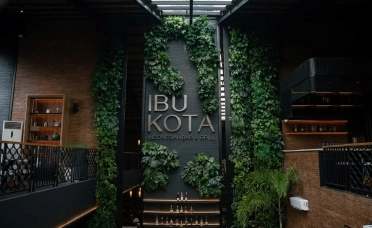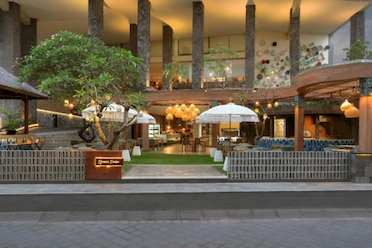Born from the Balinese word nembang (meaning “to sing”) and interwoven with the idea of sekar, or flower, Tembang Bali is not just music but a flowering of sacred beauty through the human voice. Every note carries layers of history, spirituality, and poetry, making it one of the island’s oldest and most cherished art forms. Keep reading to uncover the origins, forms, and enduring magic of this timeless vocal tradition!
Rooted in history, nourished by ceremony, and alive in the present, tembang Bali remains one of the island’s most enduring expressions of identity.
The Origins
Historically, tembang is one of the oldest art forms in Bali, with roots that reach back before the arrival of Hindu-Buddhist influences. It has always served multifaceted roles: as a spiritual offering, a means of cultural education, and an aesthetic expression where the flower symbolizes divine beauty and the presence of Dewa Kama, the god of love.
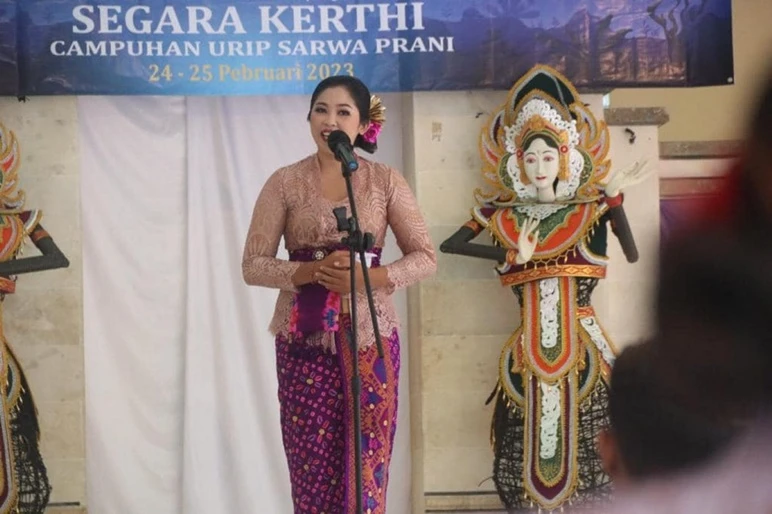
By the 9th century, inscriptions such as those found in Bebetin, Singaraja, already mention sekaa pesantian, formal groups trained in singing tembang within specific metrical and cultural frameworks.
The Four Forms of Tembang
Balinese tradition classifies tembang into four principal forms, each carrying its own cultural weight and context. The most intimate is Gegending, which is simple and short, often used in children’s songs or as accompaniment for sacred dances. Variations include educational children’s songs like Meong-meong and Galang Bulan, the lively communal singing of Jejangeran, and trance-based chants known as Sanghyang.
Then there is Pupuh, also called Sekar Alit, which leans heavily into poetic form. Governed by specific syllable counts and rhyme schemes, pupuh reflects emotion and narrative depth, often used to pass on values or explore layers of human experience.
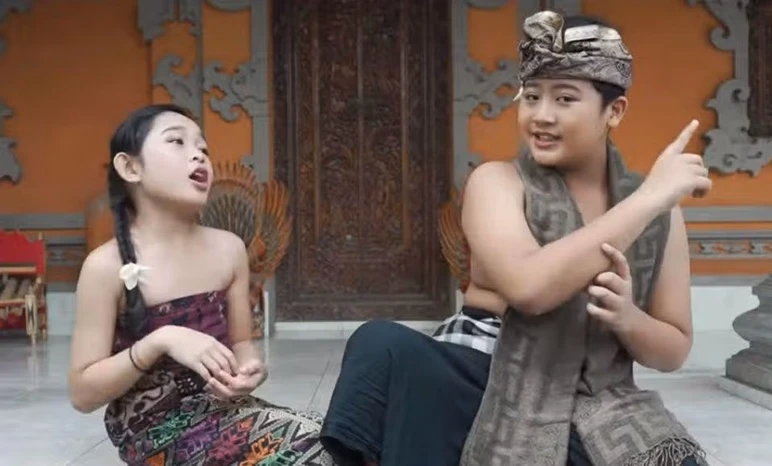
The third form, Kidung or Sekar Madya, is most often heard in rituals and ceremonies, sung in groups and frequently accompanied by gamelan. Kidung emerged from Javanese poetic traditions and took root in Bali between the 16th and 19th centuries. These songs express prayers, myths, and moral lessons, and they remain central in religious observances.
Finally, the grandest form is Kekawin or Sekar Agung. This ancient style employs Old Javanese (Kawi) poetry with strict melodic and metric rules, each line designed to be sung in a single breath. Famous works like the Ramayana kakawin embody the full power of this tradition, with soaring melodies that conjure romance, devotion, and timeless myth.
Preservation and Adaptation
Cultural preservation has also played an essential role in its survival. Groups like sekaa pesantian continue to teach and perform tembang, ensuring its transmission from one generation to the next. Even during modern challenges, such as the pandemic, these groups found ways to keep the tradition alive, adapting to digital platforms and even amateur radio to sustain their heritage. This adaptability proves that while tembang is ancient, it is far from static.

Every aspect of Tembang is a careful balance between strict discipline and heartfelt lyricism. The simplicity of gegending captures childhood innocence, while the grandeur of sekar agung transports listeners into the world of epics and gods. Together, these songs embody morality, memory, and spirituality, ensuring that Bali’s cultural soul continues to hum with life.



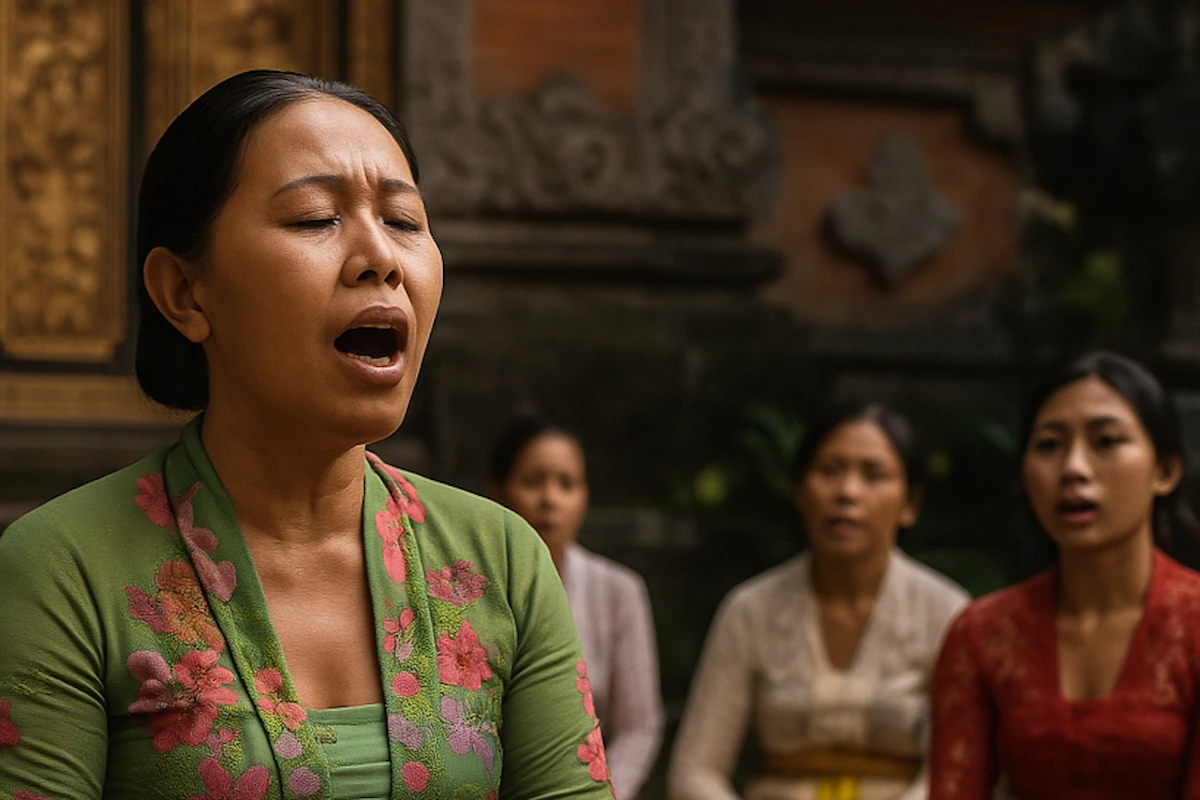
 Billy Bagus
Billy Bagus
 Aug 27, 2025
Aug 27, 2025
